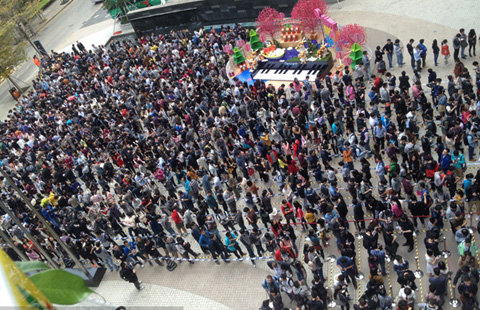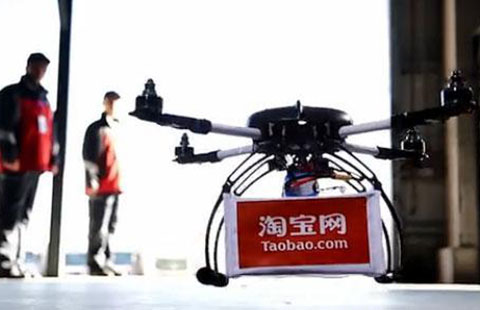Lenovo site hacked after adware blunder
(Agencies) Updated: 2015-02-27 07:10The world's largest maker of personal computers faced criticism from cybersecurity specialists regarding Superfish's ability to monitor Web behavior and suggest advertisements based on images that a user might be viewing. The technology essentially broke the encryption between Web browsers and banking, e-commerce and other sites that handle sensitive information, potentially exposing machines to hacking.
The hack of lenovo.com was corrected in about an hour, said Andrew Hay, director of security research at OpenDNS, a San Francisco-based security company. Based on publicly accessible information, the attack involved altering the records of Lenovo's domain-name registrar, which is Web Commerce Communications Ltd, located in Kuala Lumpur.
"The major walking-away point is all those domains you registered years ago. It's time to go back and look at the settings," Hay said.
An attack against a company's domain-name registrar is not an attack directly against the company itself. It is a circuitous way to hijack a company's Web traffic by telling Internet servers to go to a different address than the company's homepage.
- Chinese investment to help triple Maldives airport capacity
- Chinese tourists boost Sri Lanka's tourism to record highs
- China pledges to improve policies for steady trade growth
- China's local govt bond market to develop further in 2015: Moody's
- Australian central bank chief still bullish on Chinese demand
- Li Ka-shing's firms report biggest profits ahead of merger
- Lenovo site hacked after adware blunder
- China's smaller cities 'new source' of growth in fur sales

















